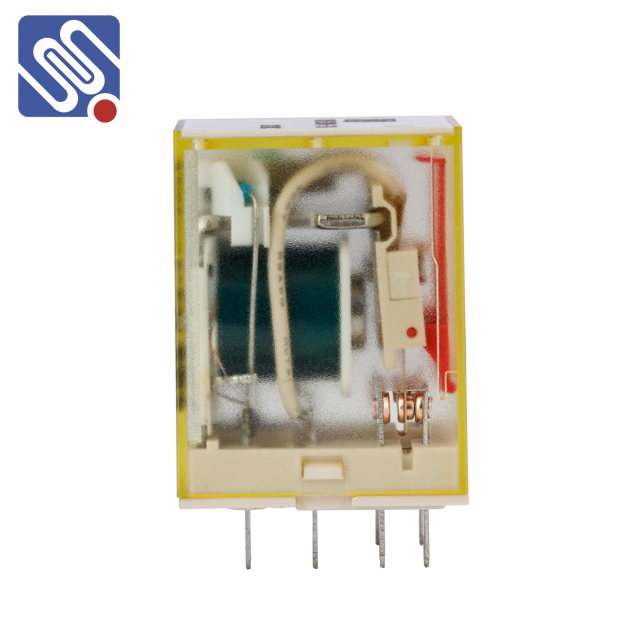An industrial relay is an essential component used in numerous industrial applications, especially in automation and control systems. It acts as an electrical switch that allows a small current to control the operation of a larger current circuit. By automating processes, protecting equipment, and providing a safe means of controlling heavy machinery, industrial relays have become an indispensable part of modern industrial operations. This article provides an overview of industrial relays, their key components, working principles, types, and common applications in various industries.

Key Components and Working Principle An industrial relay consists of several key components that work together to facilitate the switching action: Electromagnet: This is the heart of the relay. When electrical current is passed through the coil of the electromagnet, it generates a magnetic field. Armature: The armature is a movable part that responds to the magnetic field generated by the electromagnet. It is responsible for opening or closing the contacts. Contacts: Relays typically have two types of contacts—normally open (NO) and normally closed (NC). These contacts are responsible for completing or breaking the electrical circuit when the relay is activated.
Leave a Reply